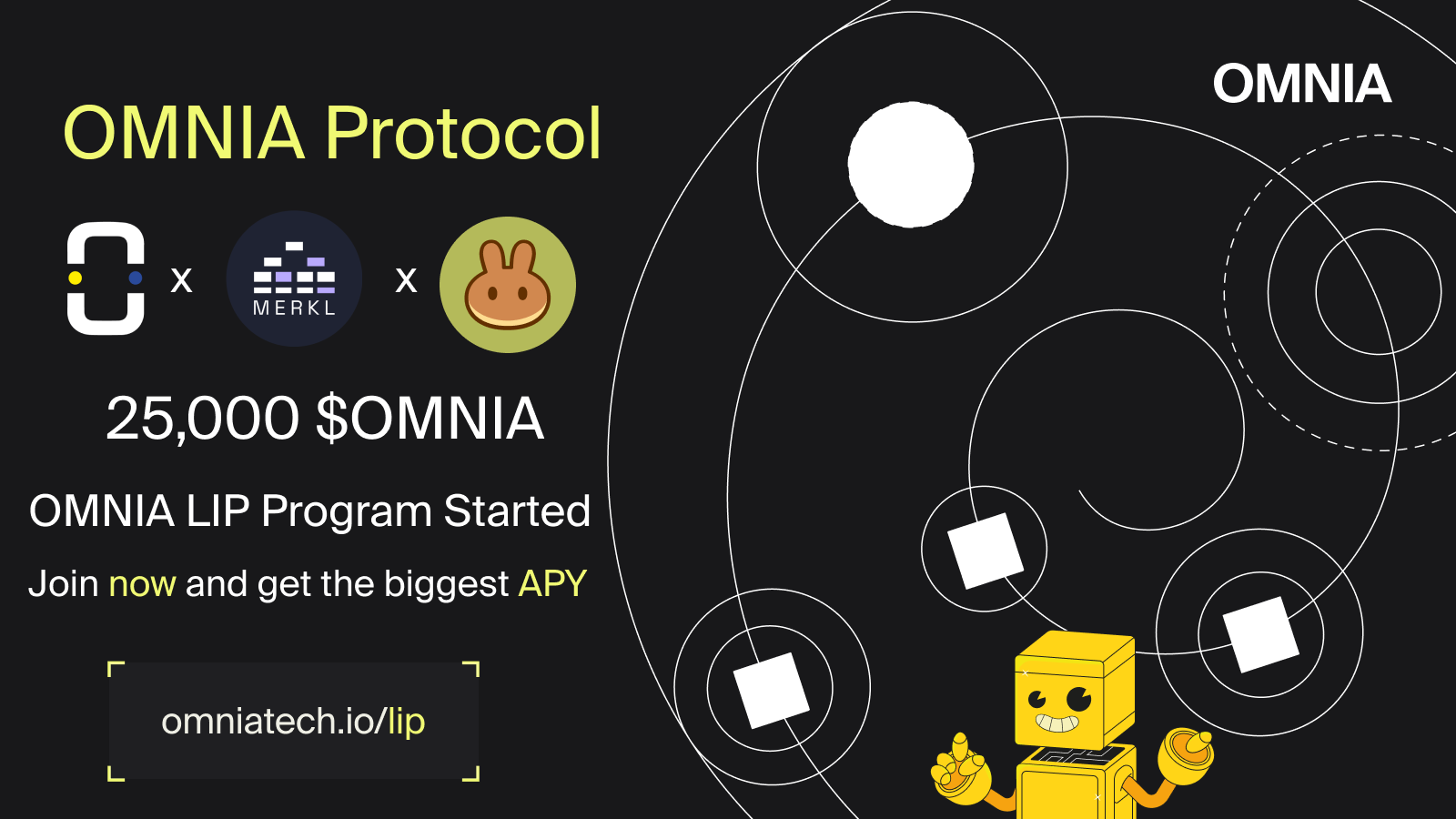
Another day, another AWS outage disrupting crypto exchanges
What happened to AWS?
Amazon Web Services (AWS) was down for nearly half a day on December 8th. As a result, centralized crypto exchanges like Binance, Coinbase, and others came to a standstill. Moreover, even decentralized crypto exchanges, like dYdX, could not process transactions.
Even though dYdX is decentralized, meaning it allows for direct peer-to-peer transactions without having to trust a specific third party, unlike a centralized exchange where investors need to rely upon the exchange system, it is still dependent on AWS — a centralized service.
The “Decentralization” dilemma
Proponents argue that this undermines the fundamental objective of being a decentralized platform. The ideology is that a decentralized network can ‘technically’ never face an outage since the nodes are distributed among users. However, when the platform’s website front-end uses nodes hosted on AWS — it negates this aspect.
In reality, AWS powers almost one-third of the internet, according to Statista, and the outage affected a broad cross-section of the internet, including Netflix, Disney+, Slack, and Amazon’s shopping site.
Understanding Amazon Web Services
What is AWS
AWS stands for Amazon Web Services to contrast their shipping services. It is a collection of services that Amazon provides online. These are storage, backup, DNS, database, load balancing, and maybe the most popular virtual machine hosting. The concept about all this is the economy of scale.
Blockchain application
AWS has two services targeted for blockchain and ledger applications.
Amazon QLDB is a ledger database that maintains a complete and verifiable history of all application data changes for customers who have a centralized use case. In addition, QLDB should provide customers cryptographic proof that the history of changes to their data has not been modified.
There is the Amazon Managed Blockchain for customers with a decentralized use case. Theoretically, this service enables multiple parties to operate in a trusted way without a central authority, enabling each party to copy a cryptographically immutable ledger. The consensus and endorsement mechanisms in the supported open-source blockchain frameworks allow trust in multi-party transactions.
Apart from these managed services, AWS offers computing resources on which node providers heavily rely upon.
Advantages
Since they do it on a mass scale, they can do it cheaper than if every company built their own from scratch. Therefore, purchasing additional computing power and capacity is simpler and more affordable than buying the hardware by oneself.
Disadvantages
Users have to rely on centralized infrastructure in exchange for the simplified process. However, the web is vulnerable to service outages due to massive traffic increases. This problem is not exclusive to Amazon’s AWS but to other centralized cloud service providers as well.
The centralized infrastructure and services will not disappear any time soon. We can envision a world where big players in the industry always want a piece of the decentralized financial system while unknowingly (or already known in advance) making the system even more centralized.
Our solution — OMNIA Protocol
We have come up with a solution capable of mitigating the disadvantages of the current blockchain networks.
Introducing OMNIA
By foreseeing the state of the current blockchain application network, we have committed to preparing, researching, and applying our technical expertise to our latest project, Omnia.
Omnia Protocol is a decentralized infrastructure protocol for securely accessing the blockchain so that no single point of failure will ever disrupt blockchain applications or wallets integrating with it.
Omnia’s solution is truly decentralized and requires zero technical knowledge. Therefore, everyone can set up their nodes or use the existing ones as shared resources in OMNIA to receive rewards for serving other users’ and applications’ requests. Of course, it does not entirely replace the current centralized services right from the start, but users and applications will have a better alternative that is more decentralized and trustless.
Learn more about the technological marvel behind Omnia by following our Medium, or reading our whitepaper.


